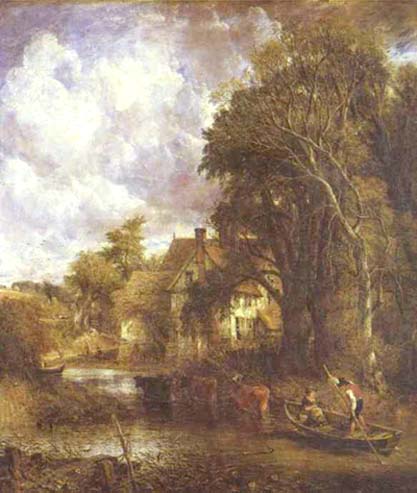

The Research Portfolio represents a carefully focused archive of research materials that you develop by consulting various sorts of research sources in pursuit of a project that reflects your own particular personal and career interests and expertise. You may of course go on-line in approaching your project, but do remember that many on-line sites are only as reliable as the persons who set them up, and that many contain surprisingly many errors of fact and inference. Ideally, your portfolio should include at least 50% of its materials from traditional print or other “hard” media sources (books, journals, newspapers and other print media but also photographic reproductions, audio and video sources, etc.). I will accept up to 75% on-line materials, but only if you convince me in advance that such a high percentage of online materials is absolutely necessary to your project, and even then only if your portfolio demonstrates that you have seriously engaged them and done more than merely print off a bunch of pages. Your Research Portfolio will constitute approximately 30% of your final grade.
Please talk to me about this project at any time, and as often as you’d like me to comment, offer advice, or do whatever may help or reassure you. This is an unconventional project assignment, as you will quickly recognize, and I don’t want it to cause anxiety for you when my real objective for you is in fact a satisfying project that fits in with your own interests, plans and goals.
You may want to begin thinking about your Research Portfolio by considering some suggestions about what the finished Portfolio should contain:
1. A cover letter or introductory statement that explains the form, format, and substance of the Portfolio as a whole. It should say why you have chosen to follow the direction you have followed, what principles have guided your research and your selection of materials to include, and what you see as the most important relationships that exist among all these materials and the course as a whole. In practical terms, this statement should tell me what to expect in the Portfolio, including why the materials you have chosen are important, both for you personally and for the “picture” they help to draw of the course, its authors, its themes, and its contexts as you see them reflected in the research you have pursued.
2. A table of contents that identifies each component in the Portfolio in the order in which it appears.
3. A set of research and study materials that reflect your individual efforts better and more fully to understand some particular aspect of both the materials and the cultural history covered by this course. These documentary materials may take many forms: essays and articles, visual materials, downloaded materials, original work, etc. You do not need to reproduce entire books, articles, or other entries; just copy and include only what is immediately relevant (or especially important) to your project. For each item you include, though, you should provide the following information:
a. the exact source of the materials (give complete bibliographical citations for print and visual materials, complete URLs for Internet downloads);
b. a brief statement explaining why you consider the selected item important enough – or interesting enough – to include; and
c. another brief comment on the item’s relation to the “angle” on the course you are developing in your own research and your approach to it.
4. A summary statement that explains what the value of this entire Research Portfolio project has been to you. What have you learned? What did you discover that you might not have expected (including about your own interests and abilities)? What (if any) additional questions or areas of inquiry have emerged that you have not had time to pursue?
You may find it useful to discuss here the sort of “paper”(s) that might be developed out of the materials you have assembled, as one way of getting into this summary statement.
I will be very happy to have a look at your Research Portfolio at any time during the semester, if you wish, and to give you specific feedback on what you have collected and prepared to that point. The complete Course Portfolio will be due in class on Monday, 7 December, in order for me to have time to evaluate it and return it to you at our last meeting so that you will have it available as you study for the Final Examination.
I hope that this somewhat unusual project does not sound terribly intimidating or overwhelming to you. I have found that people actually prefer this alternative to the usual “paper” that is required in most English courses, perhaps at least in part because it allows everyone to tailor her or his project to individual interests while also providing what turns out to be an effective study guide that reduces “exam anxiety,” especially at the end of the semester when everyone has begun to go totally bonkers – or, as the British sometimes say, “barking mad.”